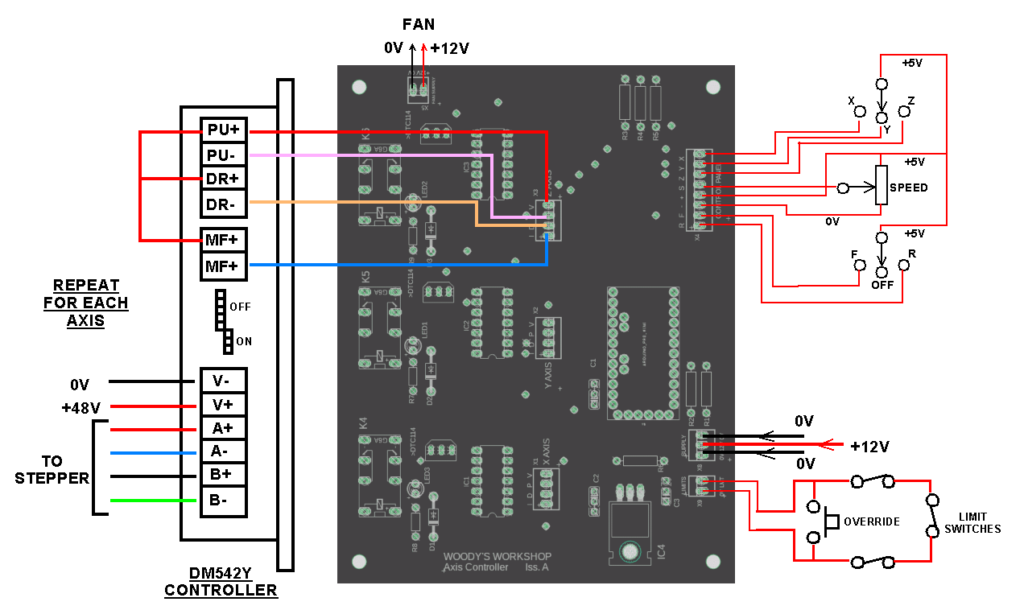A version that I have never seen before
I had a contact through my blog from a gentleman who had inherited a Burgess Bandsaw. I have published various support details for the BK3 so he was curious about the model in his possession and he sent me some pictures as shown below.

I have never seen this model before. The BK1 through BK3 all have a belt drive from the motor but this one has a chain drive. The shape of the housing is much more curved and both the blade wheels look to be cast and perforated rather than being plastic. It is clearly a very early model, probably before the design went through a manufacturing cost reduction.
The manufacturers plate suggests this is Serial #225.

If anyone knows the likely history of this version I would be interested to know more details.
Links to similar or related post are listed below : –
- A Very Old Burgess Bandsaw
- Try again after update completes Fusion 360 Error Message
- Engineering Video Favourites Updated List
- Burgess BK3 replacement lower blade guide
- Enclosure finally added to my Tormach PCNC440
- Update on CNC milling printed circuit boards on a homemade vacuum table
- Making a Brocot Escape Wheel using Fusion 360 and Tormach PCNC440 CNC milling machine
- New Zealand trip
- Cycloidal Cutters and Finding the Cutting Centre
- Halloween Steaming of the Polly



